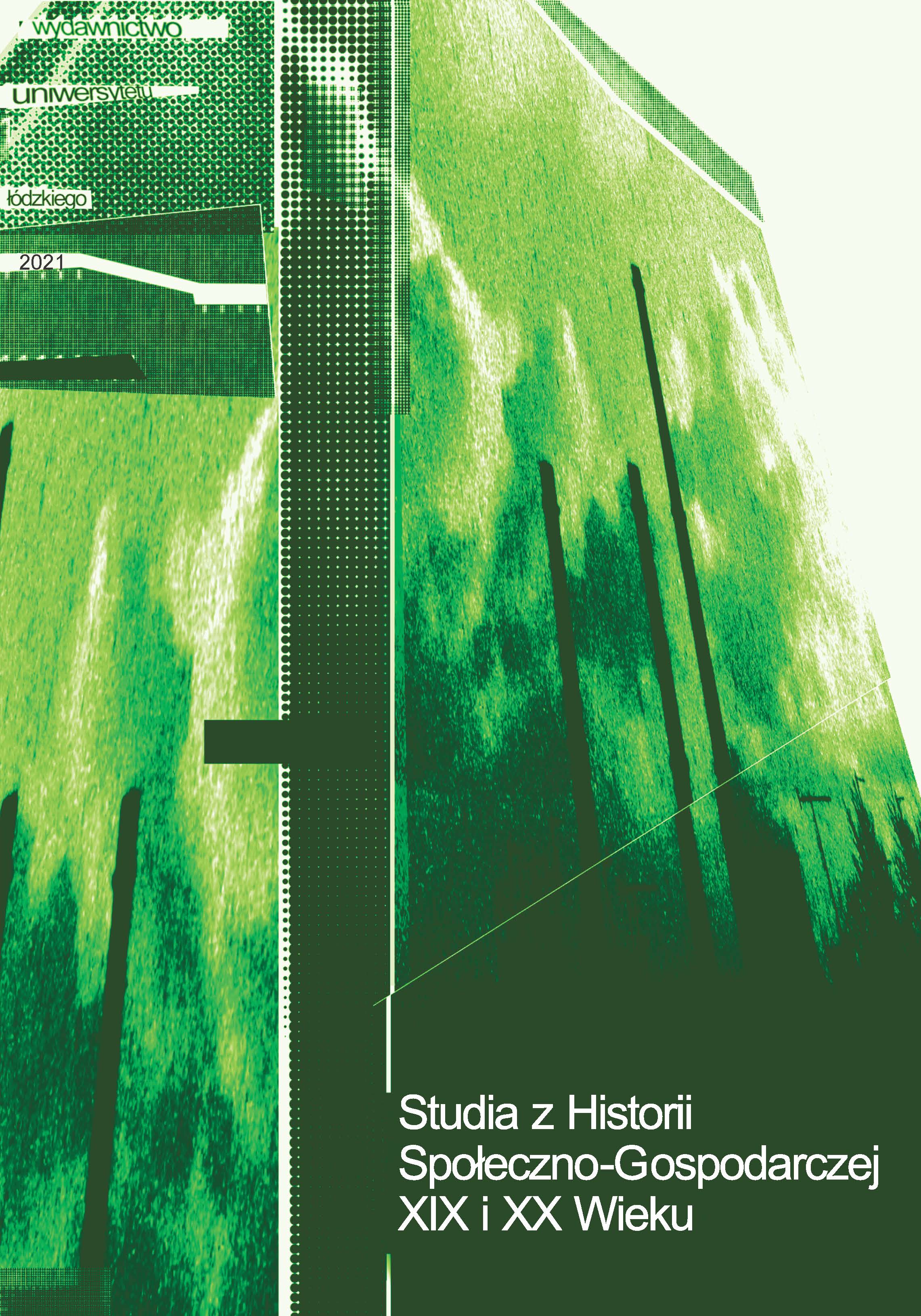Ewolucja regulacji prawnych kąpielisk w II Rzeczypospolitej
Evolution of legal regulations for bathing areas in the Second Polish Republic
Author(s): Robert BobkierSubject(s): Social Sciences, Cultural history, Customs / Folklore
Published by: Wydawnictwo Uniwersytetu Łódzkiego
Keywords: bathing beach; water law; bathing establishments; ritual bathing establishments for the Jewish population; health resorts
Summary/Abstract: After Poland regained independence in 1918, a number of legislative measures were taken to regulate bathing-related issues. In the Polish legal language, the term bathing had two meanings in the interwar period: sanitary – bathing establishments (public baths, places of hygiene) and places to rest by the water. The legal regulation was aimed, in particular, at the unification of five post-partition legal systems into one system. Exceptional civilization delays occurred in the area of the former Russian partition. Special provisions were in force in the field of ritual bathing establishments for the Jewish population. The Act on health resorts of 1922 provided for a special legal regime for sea bathing areas. Another source of regulation was the Ordinance on the organization and maintenance of public bathing establishments of 1922, which regulated, within a single legal act, both „bathing areas” in the present meaning of the word as well as sets of sanitary facilities for maintaining hygiene. The next important step was the Water Act of 1922, which did not contain a legal definition of the term „bathing beach” also established the principle of universal access to public waters. This act introduced the principle of obtaining the consent of the water-legal authorities to open a bathing water, which is still binding in subsequent acts of the Polish Water Law. The most complete regulation of bathing sites in freshwater and saltwater reservoirs in the Second Polish Republic was contained in the Provisions of the regulation on bathing establishments of 1936. This legal act was already in force throughout the country and regulated all bathing institutions intended for public use for hygiene, sports, and also ritualistic. In the legal order of the Polish People’s Republic and the Third Republic of Poland, the bathing facility appeared as an ambiguous term, referring to the sanitary facilities and the place for swimming until 1998.
Journal: Studia z Historii Społeczno-Gospodarczej XIX i XX wieku
- Issue Year: 2021
- Issue No: 24
- Page Range: 47-79
- Page Count: 33
- Language: Polish

